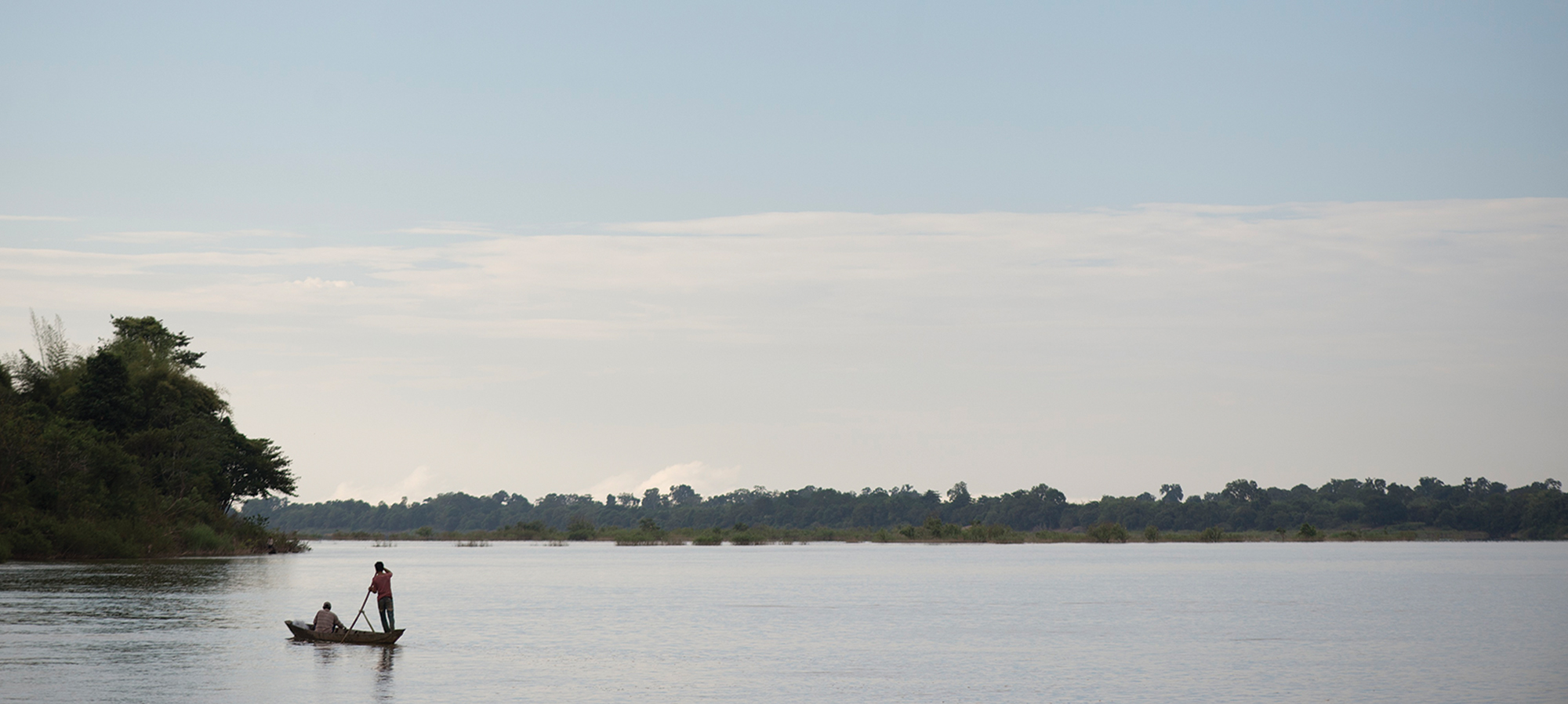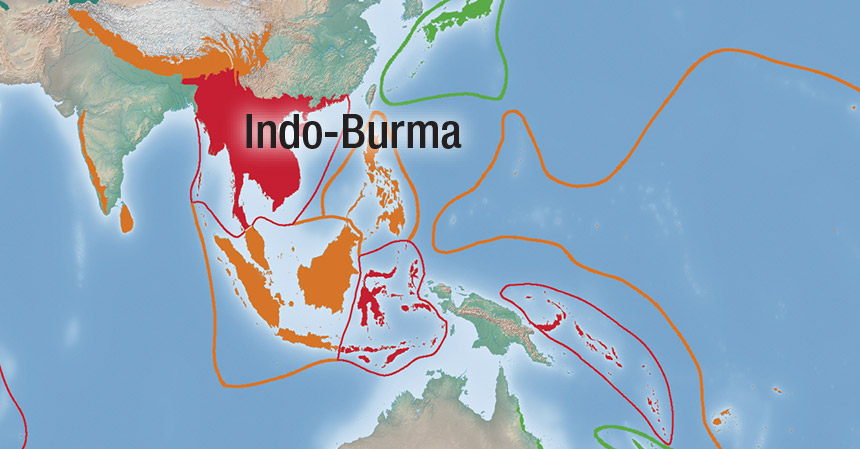Communities Co-manage and Benefit From Sustainable Fisheries
At first, the local government was very reluctant. But having seen how the co-management groups have been actively protecting the area, they have come to support our work. The government even asked us to help them replicate the model, and neighboring districts came to ask us about starting co-management groups in their locations.
Enhancing human well-being is one of the four pillars of CEPF, and a primary way to achieve that is by securing the ecosystems that provide the foundation for thriving human communities. In the Indo-Burma Biodiversity Hotspot, CEPF grantees are empowering fishing communities to sustainably manage their rivers, which provide vital food and income.
Cambodia
Northern Cambodia’s Stung Treng Province contains a portion of the Mekong River Basin that is rich in biodiversity, but is also under serious threat. Poverty and food insecurity in the area have led to overfishing and the use of illegal fishing practices, both of which take a toll on the fish population. The situation is exacerbated by upstream development of hydropower dams, which has reduced biodiversity in the river. To address this, CEPF grantee WorldFish engaged local communities to protect their river resources.
With WorldFish’s help, communities established five fish conservation zones, and participants from 14 nearby villages pitched in to maintain them. Members of community fisheries organizations from each of the 14 villages patrol the sites, raise awareness among other members of the community and share the lessons they learn managing the zones. The provincial Department of Environment in Stung Treng, the provincial Fisheries Administration Cantonment, local nongovernmental organizations and local authorities all participate in the program. This widespread support from the communities has provided an effective deterrent to illegal fishing methods—including use of explosive materials and electro-fishing (a high-voltage current used underwater to kill fish). Such practices damage the natural fish stock.
The cooperation among nongovernmental organizations, local fishing communities and the government has resulted in more empowered conservation advocates. Communities are making collective decisions about their local resources, nominating new areas that they want to see protected, and patrolling in larger numbers to combat illegal fishing. Communities report that the supply of fish has stabilized, and as of spring 2016, it may already be increasing. This helps secure the livelihoods of more than 6,100 men and women who depend on fishing.
“I think it is good to have people taking care of fish refuges and spawning grounds to ensure fish are there to support our livelihood,” said Kong Chanthou of the village of O’Run, in a WorldFish video interview. “If all areas are destroyed, sustainable fish production will not be guaranteed, and not enough fish could be caught to exchange for rice and meet other needs.”
Vietnam

In Tuyen Quang Province of northern Vietnam, the Vietnamese organization Center for Water Resources Conservation and Development (WARECOD) has established and implemented a model for co-management of fisheries by communities and government. WARECOD helped community groups gain government permission to manage freshwater resources in two sites in the Gam River Basin. Local villages also held conventions on the management of aquatic resources, with government support. These gatherings produced legally binding fishing provisions that were agreed upon by the affected communities. The resulting provisions include prohibitions on destructive fishing methods and disposal of waste materials in the river, as well as guidelines on recording catches.
In addition to applying sustainable fishing methods, communities received training in communication methods to raise awareness about the co-management approach and encourage its use throughout the river basin. The project featured innovative outreach activities, such as cookery competitions for fishing families and interactive plays.
The dedication and combined support from WARECOD, the management groups, local communities and the government were instrumental in the success of the project.
According to WARECOD Director Dao Thi Nga, knowing how to connect with the communities was the key to the project’s success. “We formulate our activities surrounding what they believe and love. For example, we’ve learned that certain fish species and plants which are very valuable to them are now disappearing, so we, together with villagers, organize many discussions so they can discuss among themselves to identify problems and brainstorm what could be done to improve the situation.”
As a result of the positive impact of the project on the two sites where it was based and the communications outreach conducted by participants, an agreement on long-term cooperation in water and aquatic resource co-management was signed by four provinces in December 2016.
Photo Credits
Fishermen in Stung Treng Province, Cambodia. © Jeremy Holden
Members of a fishery co-management group monitor fishing tools and disseminate regulations. © WARECOD/Image by Tang Van Bay





